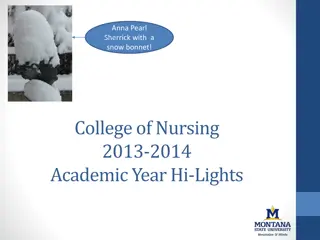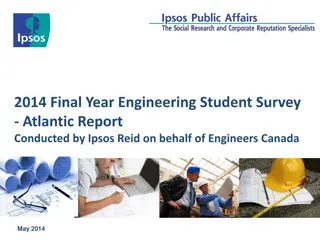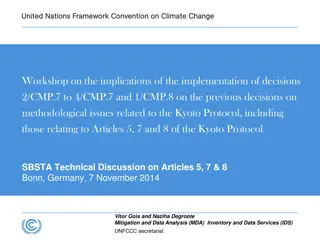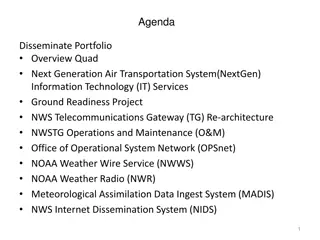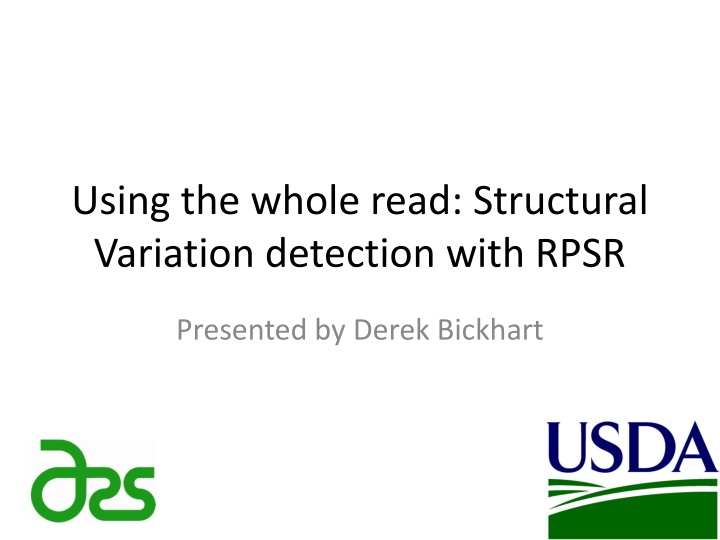
Structural Variation Detection with RPSR for Genomic Research
Explore the detection of structural variations in genomes using RPSR presented by Derek Bickhart. Learn about variant classification, genetic variation, tracking variants, and the impact on phenotype. Understand the challenges and advancements in genetic variant identification and functional analysis.
Download Presentation

Please find below an Image/Link to download the presentation.
The content on the website is provided AS IS for your information and personal use only. It may not be sold, licensed, or shared on other websites without obtaining consent from the author. If you encounter any issues during the download, it is possible that the publisher has removed the file from their server.
You are allowed to download the files provided on this website for personal or commercial use, subject to the condition that they are used lawfully. All files are the property of their respective owners.
The content on the website is provided AS IS for your information and personal use only. It may not be sold, licensed, or shared on other websites without obtaining consent from the author.
E N D
Presentation Transcript
Using the whole read: Structural Variation detection with RPSR Presented by Derek Bickhart
Presentation Outline Variant classification and detection Theory on read structure and bias Simulations and real data
Nuc Genetic Variation How genomes change over time Single nucleotide variations SNP (human millions of variants) Indels Insertions/Deletions (1 bp 1000 bp) Mobile Elements SINE, LINE Transposition (300bp - 6 kb) Genomic structural variation (1 kb 5 Mb) Large-scale Insertions/Deletions (Copy Number Variation: CNV) Segmental Duplications (> 1kb, > 90% sequence similarity) Chromosomal Inversions, Translocations, Fusions. Chr
Nuc SVs contribute to phenotype KIT KIT Picture from Seo et al. 2007. BMC Genetics SOX5 ASIP Picture from Wright et al. 2009. PLoS Genet. Chr
Nuc Tracking variants with LD In Linkage Disequilibrium Form a Haplotype A causative variant? Chr
Underestimating the number of genetic variants Mostly impute these Still some issues: Relatively new mutations Ref. assembly errors Difficult to sequence locations Can we get biological function from imputation? Disease variants Or New high productive QTV
Sequencing to find novel variants Raw Data REF: REF: ACGTAAAGGTACGACGATCGACG ACGTAAAGGGACG GTAAAGGTACGAC GTAAAGGTACGAC GGGACGACGATCGA ACGTAAAGGTACGACGATCGACG ACGTAAAGGGACG GTAAAGGTACGAC GTAAAGGTACGAC GGGACGACGATCGA
Making use of new variants What do you do after variant calling? Check for functional impact Check for frequency Variants can be placed on chips Deletions can be tracked ACGACTAGACGATGGACGA ACGACTAG WildType: ACGACTA TGGACGA Deletion: ACGACTA ACGACTAT TGGACGA
Presentation Outline Variant classification and detection Theory on read structure and bias Simulations and real data
Structural variant detection still proves to be a challenge No Perfect Calls Good Performance Pretty conservative Most datasets have high FDR Moderate Performance Too many False Positives Poor performance A majority of variants are missed
Understanding the sequencing process DNA sheared to fragments Fragments follow a size distribution Fragments sequenced from both sides We don t know the middle, but we know the size!
Using information from alignments What the Alignment should look like: Reference Genome Deletions Insertions Reference Genome 3bp 3bp ACGAGATAGT ACCATAGACG ACGAGATAGGGCCATAGACG 7bp 1bp ACGAGATAGTAGATACCATAGACG ACGAGATAGCCATAGACG
Using information from alignments What the Alignment should look like: Reference Genome Tandem Duplication Reference Genome CGATAGACGAC GGAGAGAGATAG GGAGAGAGATAG ACCCAGATAA CGATAGACGAC GGAGAGAGATAG ACCCAGATAA
Getting more from your reads Unaligned Aligned Reference Genome Split Read Deletion call Unaligned Read TTGCGA TTGCGA Aligned Read CGACGA ACGACGAGGGTGTGATTGACGATCGATA ACGACGAGGGTGTGATTG CGATA
Overcoming read biases and creating useful information Chemistry problems confuse detection Chimeric Read Alignment issues occur Repeat Repeat Use clustering algorithm
Ease of Use Designed to process BWA-aligned BAM files Scalable to system resources Multi-threaded Tunable to reduce false positives
RPSR: Read Pair, Split Read Written in Java (version 8) Currently two modes: Preprocess Cluster Uses map-reduce paradigms for easy threading
Presentation Outline Variant classification and detection Theory on read structure and bias Simulations and real data
Simulation dataset Started with Cattle chr29 51 megabases Acrocentric Synthetic 10X coverage Variants per simulated chromosome Variant Type Deletion Tandem Dup Avg. Count 12.3 11.8 Avg. size 350 bp 350 bp
Comparison Program Delly / Duppy Rausch et al. 2012. Bioinformatics Combined read pair, split read caller Discovers discordant reads, then uses split reads to validate Run with default settings and in split read mode
Program results: Simulation 400 14 350 12 True Positives Calls Total 300 10 250 8 200 6 150 4 Actual Positives 100 2 50 0 0 DELLY DELLY RPSRDELS RPSRDELS DUPPY DUPPY RPSRTAND RPSRTAND Duplications Deletions
Program results: Simulation RPSR vs Delly/Duppy precision Program RPSR Dels Delly Dels RPSR Tandem Duppy Duplications Precision 8.7% 0.9% 73.7% 1.8% RPSR is far more precise than Delly/Duppy
Real Dataset: Angus Individual Provided by Jerry Taylor and Bob Schnabel Sequence statistics 20 X coverage of Illumina reads Reads quality trimmed Aligned with BWA to UMD3.1
Program results: Angus RPSR Variant type Total Calls Avg. Size (bp) Total Length Largest call Deletions 4171 237 991 kb 43.7 kb Duplications 9617 554 5,335 kb 152.0 kb Delly/Duppy Variant type Total Calls Avg. Size (bp) Total Length Largest call Deletions 1867 1,304,683 2.4 gb 149 Mb Duplications 10263 232,472 2.38 gb 150 Mb
Conclusions Structural variants are a type of mutation we can track inexpensively Accurate assessment of SVs is needed Future developments for RPSR Smaller resource footprint Automatic threshold detection
Acknowledgements Colleagues at the USDA George Liu Tad Sonstegard Curt Van Tassell AGIL Jerry Taylor Bob Schnabel The Reecy Lab Projects mentioned in this presentation were funded in part by NRI grant numbers 2007-35205-17869 and 2011-67015-30183, and by USDA NIFA grant number 2013-00831
Delly/Duppy After removing the initial calls greater than 1 megabase and then merging: Variant type Total Calls Avg. Size (bp) Total Length Largest call Deletions 1833 5219 9.6 Mb 885 kb Duplications 97407 1217 118 Mb 2.3 Mb







